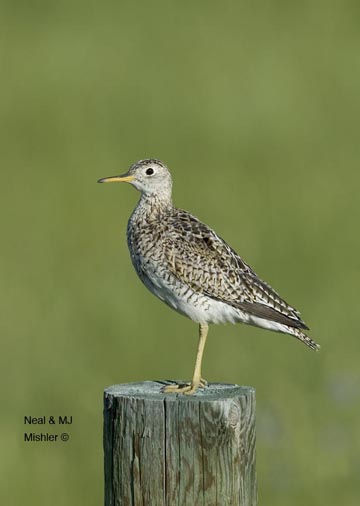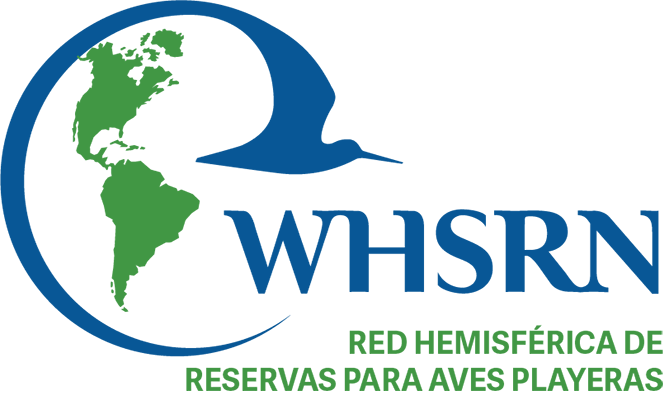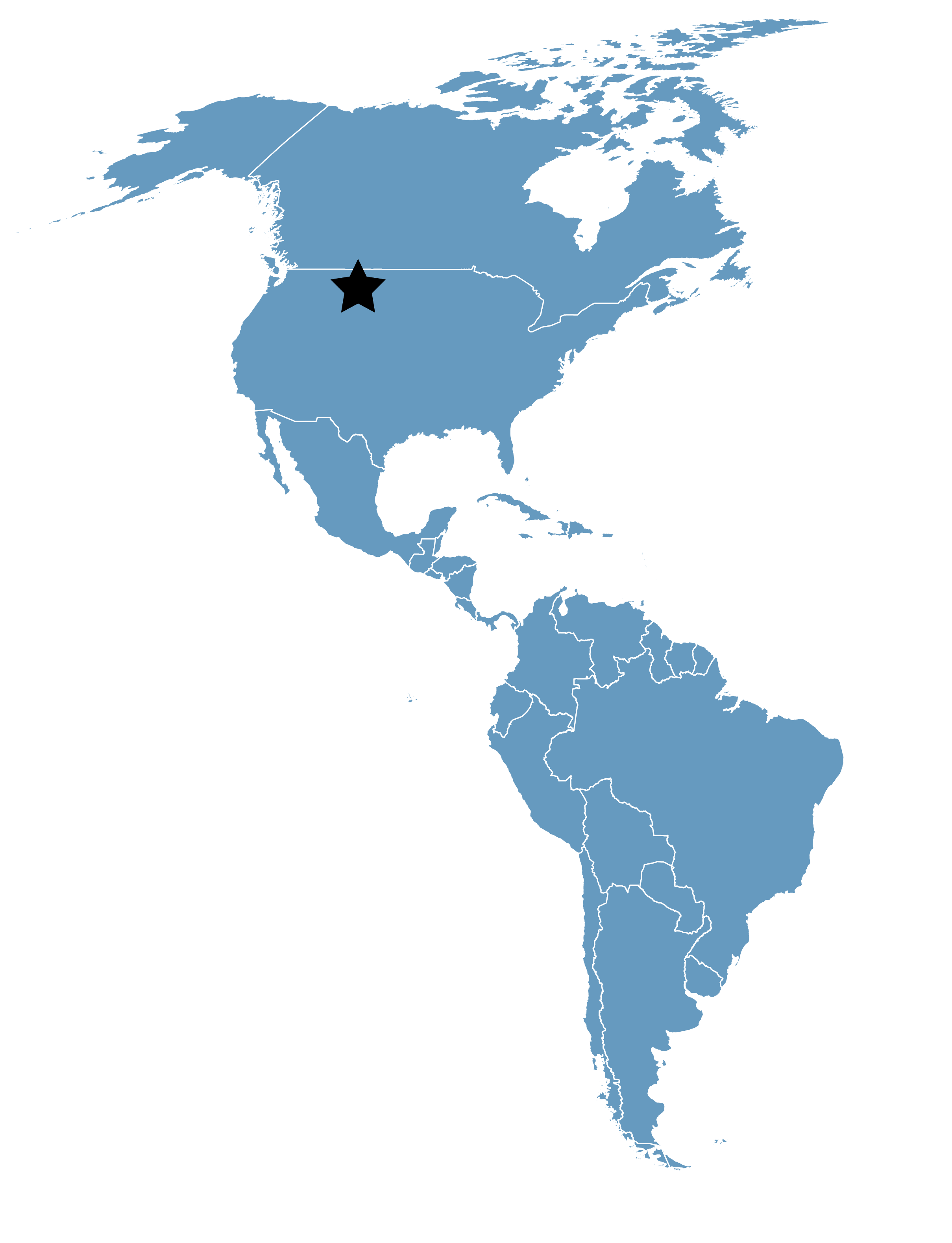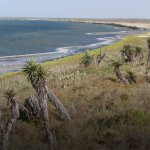Benton Lake NWR
Location
Montana, United States
Category
Regional
Basis for Designation
Supports more than 20,000 shorebirds annually.
Size
5,011 hectares (12,382 acres)
Date Designated
February 1994
Site Owner
U.S. Fish and Wildlife Service
Site Partners
Upper Missouri Breaks Audubon Society
Great Falls Chamber of Commerce
Overview
Benton Lake National Wildlife Refuge was established in 1929 “as a refuge and breeding ground for birds.” The Refuge covers approximately 12,000 total acres, including 5,000 wetland acres and 7,000 upland acres. A wide variety of migratory shorebirds visit the refuge during spring (northern flights) and fall migrations (southern flights). Nesting shorebirds in order of peak annual numbers include American Avocet, Wilson’s Phalarope, Marbled Godwit, Black-necked Stilt, Willet, Killdeer, Upland Sandpiper, Long-billed Curlew, and Spotted Sandpiper.
Non-nesting shorebirds include a variety of Arctic-nesting species whose numbers peak from July-October. Long-billed Dowitchers, Greater and Lesser Yellowlegs, Baird’s, Stilt and Pectoral Sandpipers, and Black-bellied Plovers are the most common.
The site is also used by migrant Bald Eagles in the spring and fall and by Peregrine Falcons monthly from April through September. The area serves as an important breeding ground for 12 species of ducks, White-faced Ibis, Eared Grebes, Franklin’s Gulls, and 7 wetland-dependant birds recognized as Species of Special Concern by the Montana Natural Heritage Program.

Upland Sandpiper. Photo: Neal Mishler.
Current Threats
Heavy metal contamination of Benton Lake Watershed and the water pumped to the refuge are threats. Selenium accumulations in marsh sediments and biota originate on private land farmed for dry land crops, primarily wheat and barley, where summer fallow farming is practiced. Research on Selenium cycling and water management that incorporates a natural “drought effect” for the refuge marshes will minimize the threat to wetland birds.
Research and Management Activities
Shorebird management, research, and an understanding of their basic biology have been limited in the past due to funding and staff. Efforts since 1991 have been bolstered by the WHSRN designation, the use of volunteer field assistants, and the funding provided through the USFWS Ecosystem Approach to Management for Biological Monitoring. Monitoring efforts continued in 1997 on migrant shorebirds and a Black-Necked Stilt nesting survey that documented 97 nests, the largest known breeding population in Montana. Future efforts will continue to focus on documenting species’ seasons of use, habitats and population numbers for eventual development of habitat objectives that support shorebirds, and a diversity of other wetland bird species.








